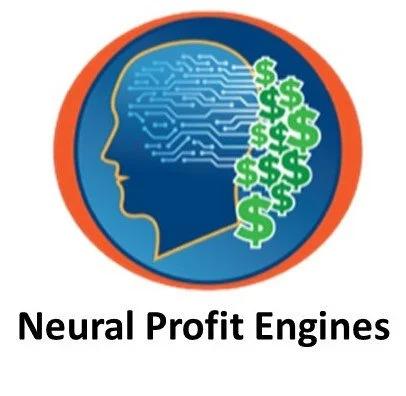Supervised and Unsupervised Learning
Supervised learning with regression is a type of machine learning that can be used to predict continuous values, such as sales, revenue, and customer churn. It works by training a model on a dataset of historical data, which includes the target variable that you want to predict, as well as other variables that may influence the target variable.
Supervised learning with regression can be used to improve profitability in a number of ways. For example, it can be used to:
Forecast sales and revenue, so that you can better plan your inventory and staffing levels.
Identify customers who are at risk of churning, so that you can take steps to retain them.
Segment your customers into different groups, so that you can target them with more relevant marketing campaigns.
Optimize your pricing, so that you can maximize your profits.
Unsupervised Learning: Boost Your Profitability with Hidden Insights
Unsupervised learning is a type of machine learning that can be used to identify patterns and trends in data without the need for labeled data. This makes it a powerful tool for finding hidden insights in your data that can help you improve your profitability.
Here are some of the benefits of unsupervised learning for profitability:
Identify new market segments and opportunities. Unsupervised learning can be used to segment your customers into different groups based on their behavior and preferences. This can help you identify new market segments that you may not have been aware of before, as well as opportunities to cross-sell and upsell to your existing customers.
Improve product development and innovation. Unsupervised learning can be used to identify patterns in customer feedback and usage data. This information can then be used to develop new products and features that are more likely to be successful.
Reduce costs and improve efficiency. Unsupervised learning can be used to identify areas where you can reduce costs and improve efficiency. For example, you can use unsupervised learning to identify duplicate data, fraud, and waste.
Neural Network Time Series
Neural network-enhanced time series analysis (NNETSA) is a powerful machine learning technique that can be used to identify patterns and trends in time series data. It works by using a neural network to model the relationships between the different variables in the data. Once the model is trained, it can be used to predict future values of the target variable.
NNETSA is better at modeling complex nonlinear relationships in the data. Traditional TSA methods are typically linear models, which means that they can only capture linear relationships between the different variables in the data. NNETSA, on the other hand, is a non-linear model, meaning it can capture more complex relationships in the data.
NNETSA is more robust to outliers and noise in the data. Traditional TSA methods are sensitive to outliers and noise in the data, which can lead to inaccurate forecasts and predictions. NNETSA is more robust to outliers and noise, which makes it more reliable for forecasting and prediction.
This technique can be used to improve profitability in a number of ways, including:
Forecasting demand for products and services
Predicting customer churn
Identifying fraudulent transactions
Optimizing pricing and promotions
Managing inventory levels
Geospatial Analysis
Geospatial analysis with PCA and cluster analysis is a powerful data science technique that can be used to identify patterns and trends in geospatial data. PCA (Principal Component Analysis) is used to reduce the dimensionality of the data and identify the most important features. Cluster analysis is then used to group similar data points together.
This technique can be used to improve profitability in a number of ways, including:
Identifying the most profitable customer segments and target markets
Optimizing the location of stores, warehouses, and other facilities
Assessing the risk of fraud and other financial crimes
Monitoring and managing environmental resources
